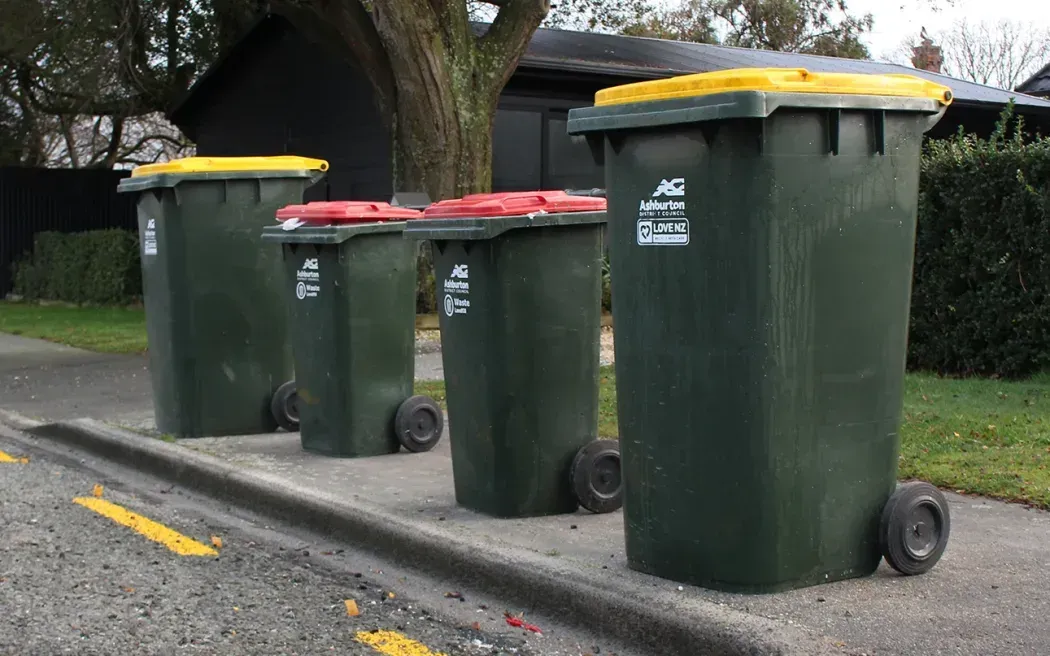A Glimpse into the 2022 National Waste Strategy
In the face of growing environmental concerns, governments around the world are stepping up their efforts to address the pressing issue of waste management. In 2022, Australia introduced its beneficial National Waste Strategy.
List of Services
-
Embracing the Circular Economy:List Item 1
The 2022 National Waste Strategy places a strong emphasis on transitioning from the traditional linear model of production and consumption to a circular economy. By promoting the principles of reduce, reuse, and recycle, the strategy aims to minimize waste generation and maximize resource efficiency. It encourages businesses, industries, and consumers to adopt sustainable practices, such as designing products for durability and recyclability, implementing efficient waste segregation systems, and incentivizing the use of recycled materials.
-
Strengthening Waste Management Infrastructure:List Item 2
Recognizing the need for robust waste management infrastructure, the strategy prioritizes investments in waste collection, treatment, and disposal facilities. It focuses on improving waste collection services, implementing advanced recycling technologies, and developing eco-friendly waste disposal methods. The goal is to create a well-connected and efficient waste management system that can handle the country's waste in a sustainable manner.
-
Promoting Public Awareness and Education:List Item 3
An integral aspect of the National Waste Strategy is raising public awareness about the importance of waste reduction and responsible disposal. The strategy includes targeted educational campaigns and community engagement programs to encourage citizens to adopt environmentally friendly behaviors. By promoting waste segregation, composting, and responsible consumerism, the strategy aims to empower individuals to make informed choices and actively participate in waste management initiatives.
-
Collaboration and Partnerships:List Item 4
The 2022 National Waste Strategy recognizes the significance of collaboration between various stakeholders to achieve its ambitious goals. It encourages partnerships between the government, private sector, nonprofit organizations, and research institutions to drive innovation and knowledge sharing. By fostering collaboration, the strategy leverages diverse expertise and resources to develop effective waste management solutions, promote green entrepreneurship, and create sustainable job opportunities.
-
Monitoring and Evaluation:
To ensure the successful implementation of the National Waste Strategy, a robust monitoring and evaluation framework has been established. Regular assessments and progress reports are conducted to measure the strategy's effectiveness and identify areas for improvement. By monitoring key performance indicators, policymakers can make data-driven decisions, adapt strategies as needed, and maintain accountability towards the nation's waste management objectives.
In conclusion the
2022 National Waste Strategy stands as a testament to Australia's commitment to environmental sustainability and responsible resource management. By embracing the circular economy, strengthening waste management infrastructure, promoting public awareness, fostering collaboration, and implementing an effective monitoring system, this strategy sets the stage for a cleaner and greener future. As we witness its implementation and long-term impact, it becomes evident that such initiatives are crucial steps towards tackling the global waste crisis and building a more sustainable planet for generations to come.





